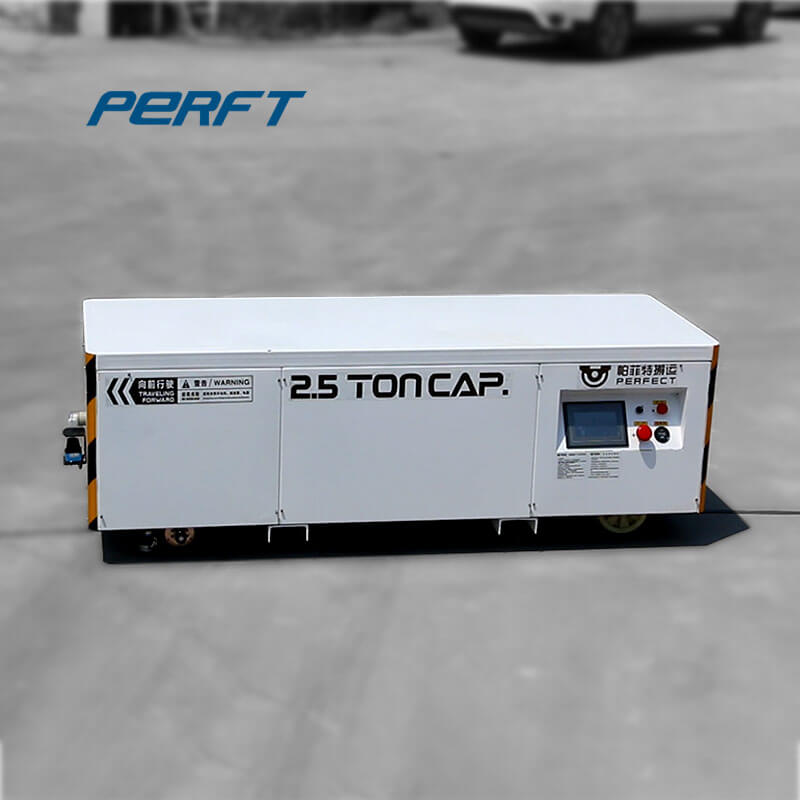
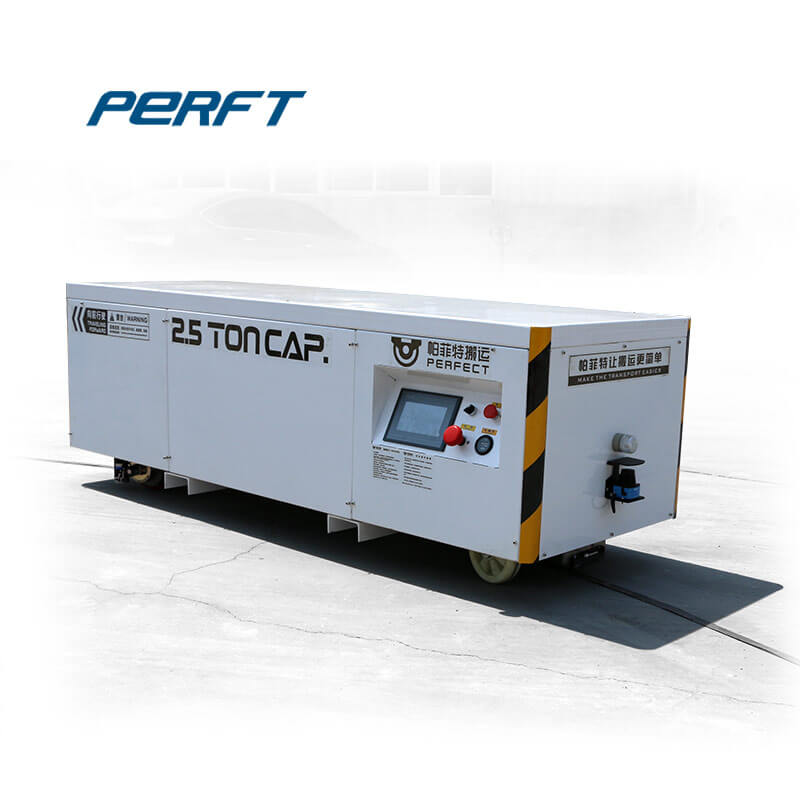
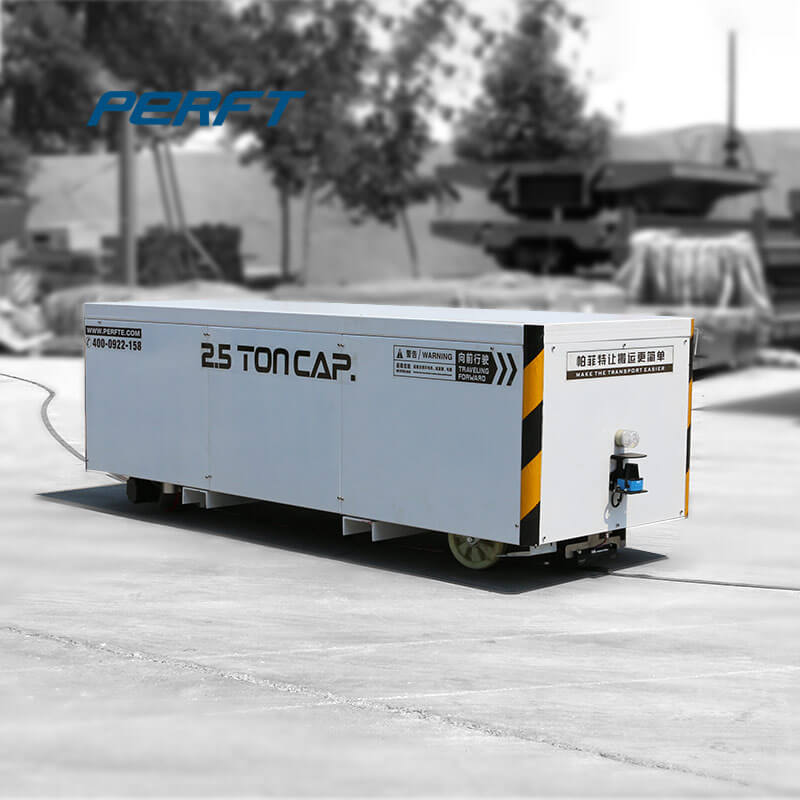






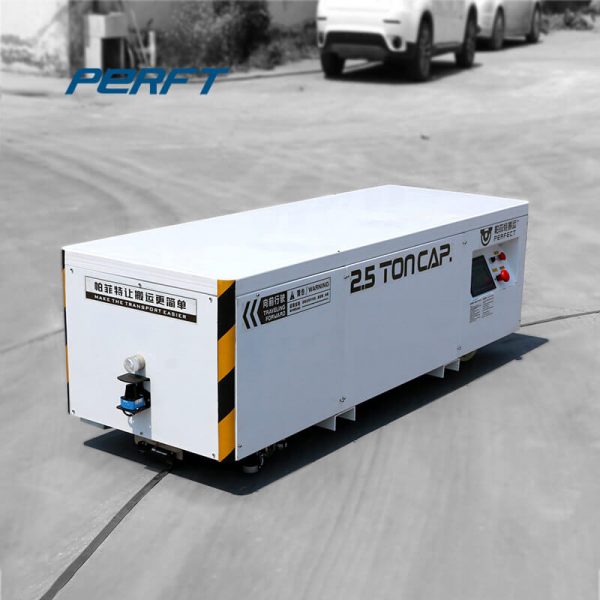
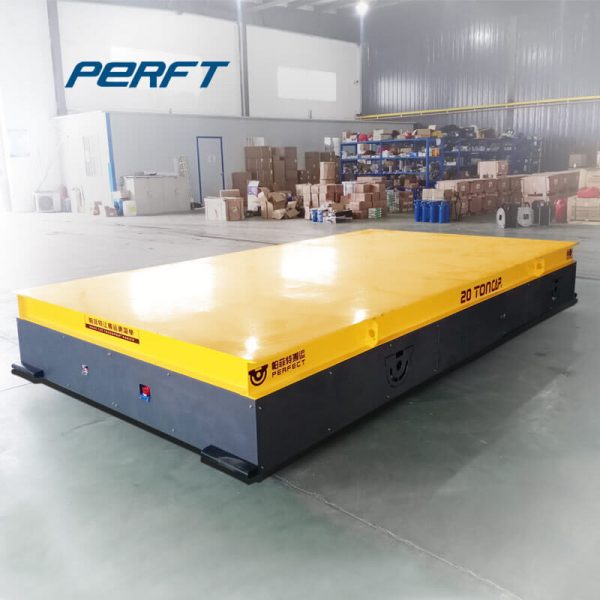
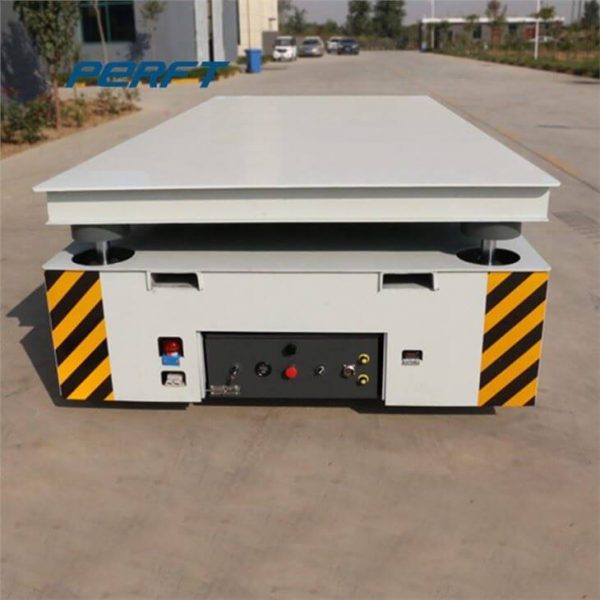
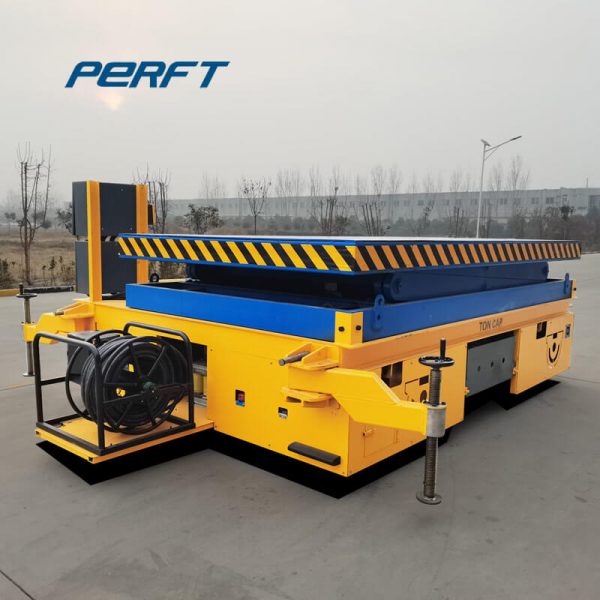
discussion describes the concrete structure design and important details of construction. Correct placement is the last key and will require experienced contractors and proper inspection. Concrete Structural Design Design all concrete facilities with two criteria in mind: 1.
Different Types of Die Transfer Carts for Your Reference. Rail powered transfer cart; Low-voltage rail powered transfer cart is a popular choice to handle dies and other materials and products. It is designed to transport loads weighing up to 150 tons and more. The rails are required to be insulated if you use this type of transfer car.
• Public Works: Molds for the production of precast concrete elements for use in public works • Molds and also casting bed systems for bridge girders • Molds and also casting bed system for prestressed box girder • Vibropressed dry cast box culvert • Mold for box culvert wet cast • Molds for 3D elements • Drainage gutter molds • Road safety molds. All in all, Moldtech offers innovative solutions to all of your prefabricated concrete industry mold needs.
The different types of precast concrete cladding panels: - Precast concrete curtain wall Up to 24’ high 3-1/2 to 10” thick 8’ to 12’ in width - Precast concrete sandwich panels Up to 24’ High 5-1/2” to 12” in thickness Thermal insulation is incorporated as an inner layer of the panel.
A consistent radius allowed molds to be reused many times with only minor adjustment of edge forms and blockouts. Project/Precast Scope. Renovate a historic museum and add a massive spherical precast concrete addition. The project included 727 total panels cast on 30 base molds. Precast concrete erection took 26 months.
Workshop handling equipment has rail battery transfer cart for molds Product Description The mold transport flatbed truck is designed to transport heavy molds or equipment from one bay to another in the factory
Concrete wall panel machine in lightweight precast production line. The lightweight concrete wall panel machine is using advanced battery mould technology. It can use different kinds of raw materials to produce different types of wall panels. The production line will be designed according to customers’ raw materials and production capacity.
electric transfer car precast concrete workshop using. Customers mainly operate concrete machinery, construction machinery and equipment. They purchase transfer trucks mainly for transfer in finished goods workshops. Maintenance-free batteries are used for power supply. Battery trackless flat cars are flexible and convenient, and can be transported safely and efficiently.
Nov 12, 2019 · The main difference between precast concrete and site-cast concrete is that precast concrete is poured off-site, usually at a plant, using a mold. Site cast concrete, in comparison, is poured on the construction site itself, subjecting it to environmental factors, weather, unstable schedules, and much wasted excess material.
Jul 23, 2009 · Step 4 – Release Concrete Pull the mold out of the container and carefully peel the two halves apart. Use steel file to smooth any excess concrete that may have seeped between the two mold halves and created a jagged seam on your concrete figure. Making a mold for concrete figures and then using that mold is a relatively simple and easy project.
fine layer of cement to show. Concrete is poured onto the sheet, stripped the next day, and pressure washed. The washing allows the image to become readily apparent on the precast panel. This is truly a remarkable process that provides a lasting image on the concrete. Precast concrete construction provides an unrivaled value through function and
Sep 18, 2020 · Precast concrete is a rigid construction material made using a mold to cast a reusable form of concrete. Usually, manufacturers cure the precast concrete in an environmentally controlled facility. They then transport it to the installation or construction site.
Concrete Slab Load Capacity - Engineering ToolBoxLoad capacity of simply supported concrete slabs. Load capacities of simply supported concrete slabs: Imposed loads varies from ap
Feb 07, 2018 · The traditional process of making precast concrete molds requires significant manual labor. The molds are made using hardwood, cost tens of thousands of dollars, and take weeks to build. Once built, a mold will last 5-10 pulls before becoming too heavily degraded to continue use.
Precast concrete is a construction material produced when concrete is cast in a reusable mold and then cured in a well-controlled environment before being transported to the construction site. Structural members like concrete frames, walls, and floors can be constructed using precast concrete to save time and resources.